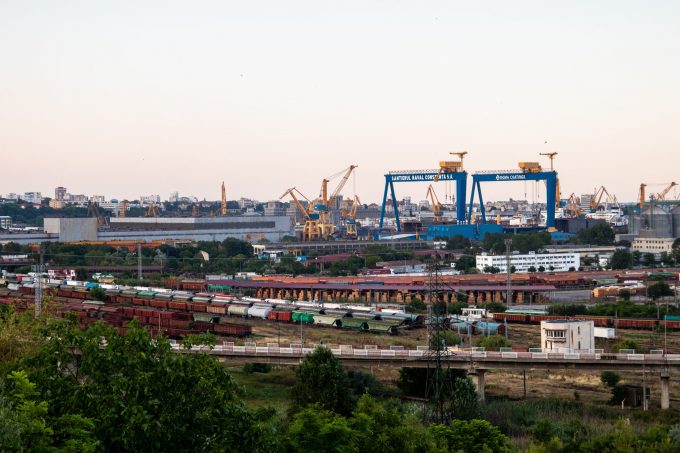Red Sea crisis forces Maersk to increase capacity over strategy limit
Maersk Line appears to have temporarily abandoned its strategy of maintaining capacity at no more ...

DP World is going ahead with plans announced last year for a new road-rail intermodal terminal in Aiud, Romania, to be operational in the first half of next year.
The terminal will be linked by rail with the Black Sea port of Constanta, which DP World says will create an export route for the central-Romanian region of Transylvania, where some 50% of the country’s industrial GDP originates.
In a LinkedIn post, DP World said the north had “traditionally lacked robust infrastructure” and ...
Volcanic disruption at Anchorage could hit transpacific airfreight operations
Macron calls for ‘suspension’ – CMA CGM's $20bn US investment in doubt
De minimis exemption on shipments from China to the US will end in May
Forwarders stay cool as US 'liberation day' tariffs threaten 'global trade war'
Mixed response in US to 'Liberation Day', while China leads wave of retaliation
Tariffs and de minimis set air freight rates on a volatile course

Comment on this article